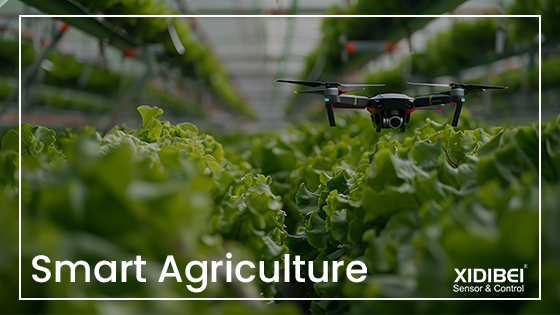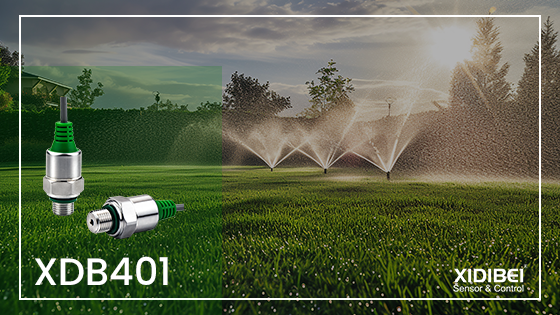Imagine standing by your farmland when your phone suddenly receives a notification: the soil moisture has dropped to a critical level, and the automatic irrigation system has activated. You no longer need to worry about missing the best time to water or constantly check the weather forecast. With sensors monitoring soil conditions and crop needs in real-time, the crops in your field seem to have the ability to “self-manage.” This is the magic of smart agriculture, where sensors act as invaluable assistants, making farming more scientific and efficient.

What is Smart Agriculture?
Smart agriculture utilizes modern technological methods, particularly sensors, the Internet of Things (IoT), and big data, to optimize crop planting and management. Sensors serve as the “scouts” of the fields, continuously monitoring key data such as soil moisture, temperature, and air quality, which is then transmitted to farmers or intelligent systems. This allows farmers to make decisions based on precise data rather than relying solely on experience. With the help of sensors, agriculture not only becomes easier but also significantly enhances yield and resource efficiency, steering farming toward sustainability.
The Role of Sensors in Smart Agriculture
When it comes to the “unsung heroes” of smart agriculture, sensors undoubtedly take the spotlight. They act like “eyes and ears” in the fields, constantly monitoring the growing conditions of crops and providing feedback. So, what roles do sensors play in smart agriculture? For instance, soil sensors can detect moisture and nutrient levels in real-time, helping farmers decide when to irrigate or fertilize. Climate sensors monitor air temperature, humidity, wind speed, and rainfall, enabling farmers to better plan their crop growth cycles. Additionally, plant growth monitoring sensors can “observe” the health of crops and promptly identify pest or disease issues. Overall, sensors are the “eyes and ears” of smart agriculture, allowing farmers to stay informed about their fields.
It’s worth noting that the XDB401 pressure sensor has gained widespread recognition from our clients in the field of smart agriculture. In the future, XIDIBEI will continue to introduce more high-precision pressure sensors tailored for smart agriculture, further supporting the modernization of farming.
Smart Agriculture and Environmental Protection
The impact of smart agriculture extends beyond enhancing farmers’ productivity; it also demonstrates significant potential in environmental protection and sustainable development. Traditional agriculture often struggles with resource wastage and the excessive use of fertilizers and pesticides, which can harm the environment. However, by integrating sensors and smart technologies, farmers can achieve precise control, significantly reducing resource wastage. For example, precision irrigation systems can automatically adjust water supply based on soil moisture and crop needs, effectively minimizing unnecessary water consumption. Additionally, smart monitoring can lower the frequency of chemical applications, reducing pollution to soil and water bodies. This efficient and environmentally friendly approach not only provides a healthier growth environment for crops but also contributes to ecosystem protection. Smart agriculture represents a perfect blend of modern technology and sustainable development, paving a green path for the future of farming.
Post time: Sep-24-2024


